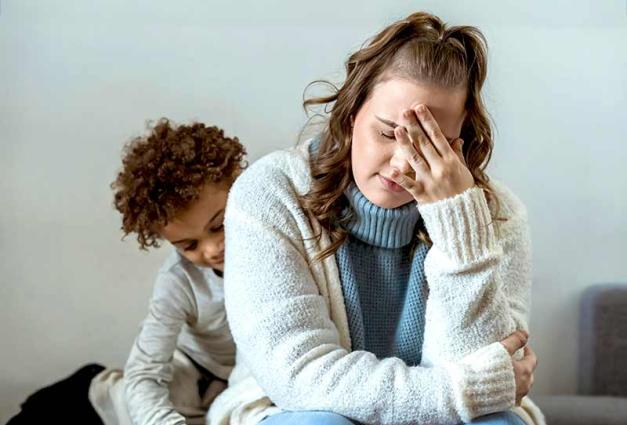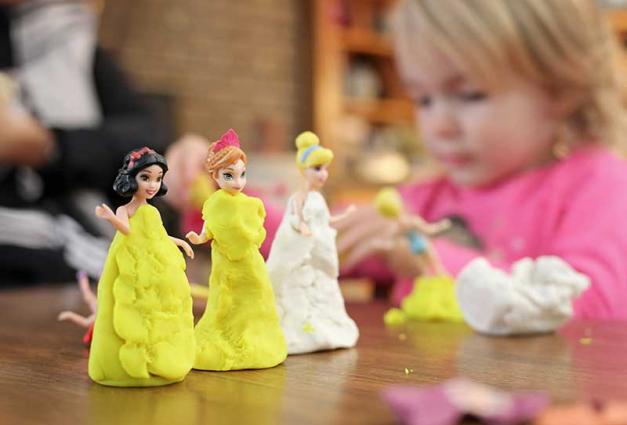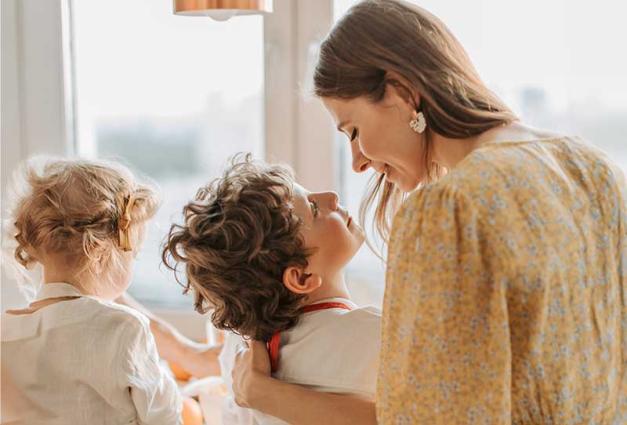Imagine that your White child witnesses another child getting teased for getting a really bad haircut. It's clear that the teasing has hurt that child's feelings. Would your child show concern for this victim? Would your child try to help? And what if that victim was Black?
Most people want to believe that children "don't see race" and that race wouldn't matter in this situation. It's nice to think that one's children would not be impacted by another child's race when they witness an injustice such as bullying or teasing. And certainly, when given the opportunity to help another student, ideally one's children are fair and treat everyone equitably.
However, our research might surprise you. We found that even very young children show race-based biases in their caring and sharing, and these differences seem to change with age.
In our study, using child actors, we created realistic videos of children being teased and bullied, with verbal cruelties over peers' clothing or haircuts, or bullying by destroying a peers' property. The person being bullied was either a Black or a White child. We showed the videos to 190 White Kindergarten through 2nd grade children while videotaping the children watching the films so that we could observe their facial expressions. We were particularly interested in children's facial expressions because children would be unlikely to be able to control or "fake" their facial expressions when watching the films. We then asked the children how they felt when they watched the films (such as sad, concerned, or nervous). We also gave children an opportunity to share prizes, such as giant golden chocolate coins with other children, who were either Black or White.
Our findings showed that older White children showed more concern for the bullied children than younger children. This finding is consistent with prior research in this area. However, when we examined differences by the victim's race, we found that younger children showed more facial concern toward (and reported feeling more sorry for) the White children and less concern toward Black children. However, with age, and possibly because they have more exposure to Black peers, children become more equitable in their feelings of sorrow towards a child who had been victimized. Their facial expressions matched up with their own reports of how they felt after watching the films.
In addition to their concern, White children were more generous with their prizes with age, as has been shown in other studies. However, the race of the recipient mattered: the children provided more resources to their own racial group in Kindergarten, whereas the 2nd graders displayed a greater focus on equality (giving the same amount to everyone).
The Interesting Case of Anger
But something different emerged when we observed children's facial expressions of anger when watching the films. Children's facial expressions of anger are thought to be a reflection of their feelings of outrage when seeing someone being bullied. We found that there was an increase with age in outrage when viewing a White victim of bullying but not when watching a Black victim. That is, older children more than younger children felt more anger when an ingroup member got teased than a member of a different social group. But when viewing a Black child, children's anger remained about the same level, regardless of children's age. Evidently, White children viewed bullying as particularly egregious when it involved White victims compared to Black victims.
This work is particularly important because rather than focusing on prejudice and biases in White youth, we focused on children's empathic feelings and helping behaviors that can be easily examined in young children. We think that children's empathy, concern, and helping behaviors could be the key to understanding ways to combat racism—beginning in early childhood. Our findings showed that younger children tend to feel more concern toward and are more generous with White versus Black peers, but that such inequities are reduced with age. However, anger—an emotion that might be particularly important for motivating anti-racist action—followed a different pattern. White children showed more outrage toward injustices against other White children across the early school years, suggesting that early childhood may be a critical time for interventions that directly address White children's feelings when witnessing Black peers' distress. More research needs to examine what ways teachers, parents, and schools can contribute to children's feelings of concern toward both Black and White peers.
For Further Reading
Spinrad, T. L., Eisenberg, N., Xiao, S. X., Xu, J., Berger, R. H., Pierotti, S.L., Laible, D. J., Carlo, G., Gal-Szabo, D. E., Janssen, J., Fraser, A., Xu, X., Wang, W., & Lopez, J. (2022). White children's empathy-related responding and prosocial behavior toward White and Black children. Child Development, https://doi.org/10.1111/cdev.13841
Spinrad, T. L., & Eisenberg, N. (2017). Compassion in children. In E. Seppala, E. Simon-Thomas, S. L. Brown, M. C. Worline, C. D. Cameron, & J. R. Doty (Eds). The Oxford handbook of compassion science (pp. 53-64). Oxford University Press.
Tracy L. Spinrad is a professor of Family and Human Development at Arizona State University. Her research focuses on the development and predictors of children's social and emotional competence, children's empathy-related responding, and parental socialization strategies.




